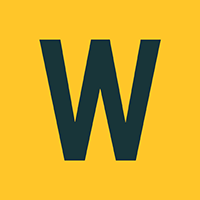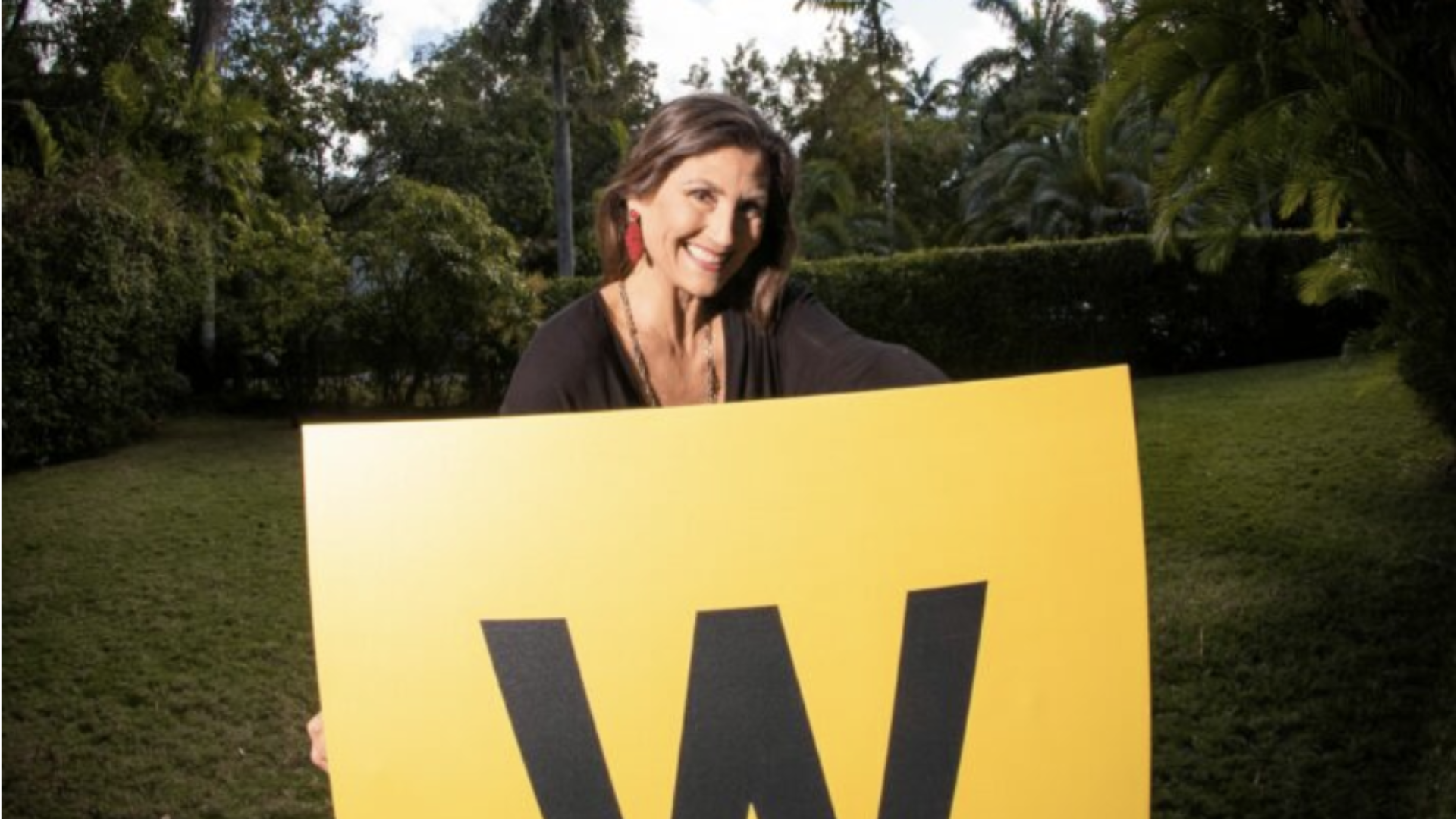Read the original article here (subscription required)
EMILY MICHOT EMICHOT@MIAMIHERALD.COM
Millie Herrera, a Miami businesswoman, was a member of President Obama’s Department of Labor, with the resources to help women experiencing pay inequity.
BY THE MIAMI HERALD EDITORIAL BOARD
This editorial continues the Miami Herald Editorial Board’s examination of challenges women face in the workplace and at home as they emerge from the pandemic.
Schuyler Smith’s pay-inequity story had a happy ending: The young Miami lawyer pointed out the approximately $20,000 discrepancy between what she made, versus a male colleague, who made more doing the same job — and whom she had recommended for the position.
And her boss fixed it.
Yes, there was some drama in between. When she found out about the pay gap, “Instead of going to ask about it, I looked for another job,” she told the Editorial Board. “But when you jump around, from pillar to post, just to get another $10,000, it doesn’t look good to employers.”
She did receive a job offer and told her boss that she was leaving. “Luckily for me, my boss said, ‘I’m not letting you quit.’ We went to the next layer of management, and they gave me close to a $30,000 raise,” Smith said. “They rectified the issue, and I decided not to go to the other firm.”
This is not typical. Not in United States, and not in Miami-Dade, where pay-inequity numbers indicate that women’s jobs are concentrated in lower-paying areas such as service, sales and office work and that they are often paid less than male colleagues doing the same job.
To its credit, Miami-Dade has spawned some robust efforts to fight back.
Still, the issue of equal pay remains an intractable challenge for women in the workforce, no matter their education level or area of endeavor. It’s grossly unfair, sexist, bad for families and damaging to our economy. And the problem persists — despite the Equal Pay Act of 1963, and despite the Lilly Ledbetter Fair Pay Act signed into law by President Obama more than four decades later. The former prohibits sex-based wage discrimination between men and women in the same establishment who perform jobs that require substantially equal skill, effort and responsibility under similar working conditions; the latter allows workers to challenge ongoing pay discrimination, even if they were initially unaware that they were being underpaid.
“I amplified the Obama policies,” Millie Herrera told the Editorial Board. She is the Miami-based owner and CEO of The Miami Group & Associates, a business and management consulting firm that she founded in 2001. In 2012, she left temporarily to serve as the U.S. Department of Labor southeast regional representative for then-Secretary of Labor Hilda Solis.
Pay equity was big on her agenda. “My focus was chambers of commerce,” Herrera said. “The first thing they would say is ‘Pay equity is going to cost us.’ “
Herrera always pushed backed: “I told them, ‘But you are training half of your employees so that they are going to be looking for another job. It’s costing you already, losing human capital, losing the investment you are making in training these employees.’”
“‘Sooner or later, they are going to leave and take that knowledge.’”
Plus, she told them, it’s illegal. “All it takes is for one of those employees to file a complaint . . . and the Department of Labor (DOL) has subpoena power. It can come and open your books for 10 years,” Herrera said.
“DOL will look at everyone you underpaid, hit you with penalties,” she told business owners. “It will take you to court and fine you for discrimination. So be nice.”
Her guidance to them? “Take home a little less pay as an owner, because, in the end you will have sustainable long-term gains in earnings and profitability.”
Sounds like a convincing argument. But even with the force of federal law behind it, it’s an argument that still doesn’t have the traction that it should.
None of this is a surprise to Maria Icheva, assistant director of planning and operations at Florida International University’s Metropolitan Center.
“From 2010 to 2019, the 19% gap is the largest it has ever been in a decade in Miami-Dade,” Ilcheva said of the pay disparity between men and women. “Astounding, right?”
She said at the start of the recession in 2007, the wage gap was 14%. It went up and down the next couple of years but finally, when “the economy was going gangbusters, wages were finally outpacing inflation — that is when the pay gap increased.”
Yes, astounding — as are the intractable stereotypes that continue to factor into how the work women do is undervalued.
“Women are still not considered — I’m generalizing here — the primary breadwinners of their families,” Ilcheva said. Even when they are.
She said, looking at 2019 data, the most recent available, “Not only are women not employed in high-wage occupations, even those who hold high-wage jobs, managers, attorneys, nurses — there is a pay gap for nurses, as well. It’s quite astounding, these disparities.”
The 2019 “Status of the Women in Miami-Dade County” report is telling:
“Men earned more than women in Miami-Dade County at all levels of education. The largest gap was between those with less than a high-school diploma (31.2%), with men earning a median of $24,858 and women earning $17,098.”
However, the 29.8% gap between men and women with graduate or professional degrees was a close second, with men earning a median of $72,300 and women earning $50,763.
There is some encouraging news: Since 2010, women in Miami-Dade have experienced higher median earnings in all occupations. Still, according to the report, the gender gap persists in all occupations, including double-digit gaps in the top 10 highest-paid occupations for women.
For instance, women earn the most in legal occupations — $58,861 — but the median earnings for men were more than double: $121,935. Basically, women earned 51.5% less than men. Deplorable.
Women also earned 25.5% less in life, physical and social science occupations, 36.3% less in computer and mathematical occupations, and 24.3% less in architecture and engineering. The only major occupational categories in which women earned more were health technologists and technicians; arts, design and media; and construction.
“If the pay gap closed completely, for the Miami-Dade economy, it would generate $3 billion,” said Ilcheva. “When women are paid less, that’s less money in circulation in the economy.”
This is a reality not lost on many energized pay-equity advocates in Miami-Dade, including the county’s first woman mayor, Daniella Levine Cava. In 2017, as a county commissioner, she, along with co-sponsors Commissioner Sally Heyman and then-Commissioner Barbara Jordan, pushed through a resolution that said individuals and companies contracting with the county had to “demonstrate compliance with the Equal Pay Act of 1963.
As mayor, she recently offered all union employees a long-overdue pay increase; she also established an Office of Equity and Inclusion, which has provided a detailed pay and demographic survey of county employees to ultimately ensure that men and women working in the same job classifications with the same training are paid equally.
The county recently issued a request for proposals to hire a consultant to perform a disparity analysis to determine if the county is equitably granting contracts to women-owned businesses.
In 2017, The Women’s Fund created Equal Pay Miami-Dade, an ongoing community-wide campaign that has taken the pay-equity challenge to government, local businesses — and directly to the public. Witness the billboards along Interstate 95, one of which depicts three wide-eyed young girls and the guilt-inducing question: “Daddy, why do you pay women less?”
“We were getting firms and other organizations to sign a pledge for equal pay,” Janet Altman, principal and marketing director at Kaufman Rossin, told the Editorial Board. Her firm was first to sign. Others followed.
She told the Editorial Board that Kaufman Rossin continues to be an equal-pay company, committed to gender pay equity and inclusion and diversity initiatives. Gloria Romero Roses, who signed the pledge, told her, “I definitely achieved equal pay in my businesses and continue to steward other organizations under my purview to do the same.” And Lynn White, executive vice president and chief talent officer for Norwegian Cruise Line Holdings Ltd., confirms that Norwegian also remains an equal-pay company, and they “continually review our [compensation] processes to ensure we remain so.”
“The thing about low pay, it’s the core of the problem of poverty,” Altman said. “If women were paid equally to men, poverty would reduce 40%. it would create opportunities and create money that could be spent in the economy.”
She says that the “U.S. poverty rate would decrease from 9.5% among working women to 5.5% among working women. And in Florida, 9.5% to 5.4%. Still, it’s worse for Black and Latino women, for working single mothers in the state.” Poverty among working single mothers in Florida would be reduced to 15.3% from 25.1%, she added.
Plus, “The pandemic has been a really difficult time for women. Women lost more jobs. Are you really going to say, ‘No, I need to make as much as the guy?’ ”
Herrera, the consulting firm owner, wants more businesses to conduct salary surveys to determine and then fix the disparities. “In federal government, there is transparency. When I was with Labor, I was a GS 15. Everybody knew what my salary was.”
Also, she says that employers must stop basing employees’ pay on what they earned in their previous job. Women’s salaries will never catch up that way.
There are stumbling blocks along the path to pay equity that women — and their male allies — are going to have to kick aside themselves:
Learn your rights. “Not everyone is informed to go fight windmills. They don’t know their rights. The majority of workers work for small businesses,” said businesswoman Herrera.”
Demand to know why. “At large corporations, pay inequity kicks in for higher-paid employees unless it’s publicly traded,” Herrera said. “They still have that rule that you are not supposed to talk about salary with co-workers.”
Do your homework. “I did my research on how much should I ask for,” Smith said. “I was doing good work. If they value you and you come at them with the right data, they should do the right thing.”
Speak up. “We’re not very comfortable asking for what we deserve in terms of pay and accommodation. We’re nervous, not sure whether we are worth it,” Smith said. “Women appear aggressive or greedy, but none of those words are applicable when you are talking about your value and what you bring to the table.”
Smith offers additional advice for underpaid women in lower-paying, working-class jobs, where their request for more money might be more easily rejected: Be good at what you do and constantly ask for feedback. Find allies within or outside the organization that you can talk to about salary matters. And document your accomplishments and the good work that you’ve done, and communicate that at coffee or lunch.
And she issued one warning: “In some places, that might not make a difference — and it might not be the place to be.”
Business owners should join the movement by signing on to the Women’s Fund’s equal-pay pledge. By doing so, they are promising to be “committed to taking action individually and collectively to reduce the national pay gap and bring change to Miami-Dade County.”
There should be absolutely no argument there.







